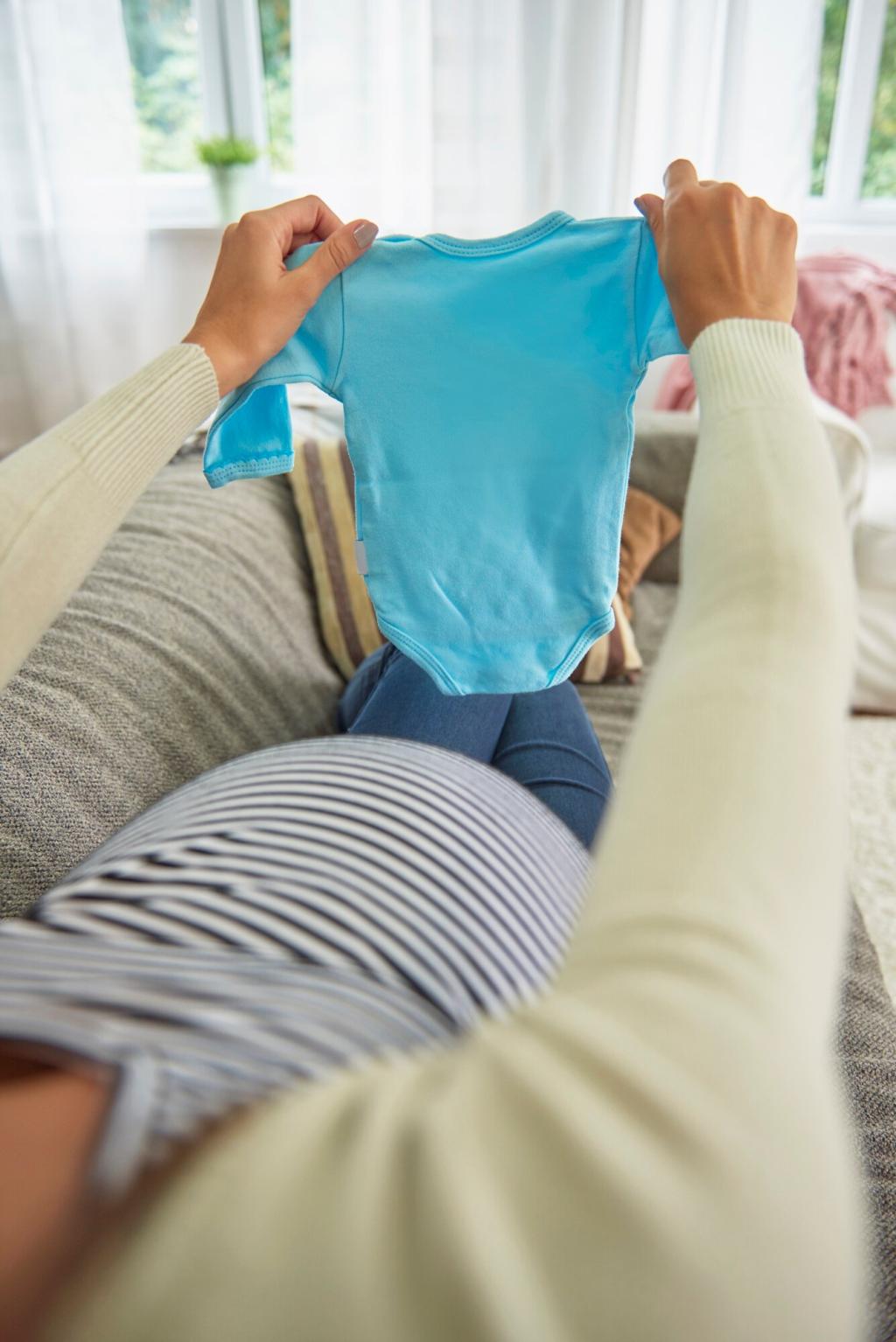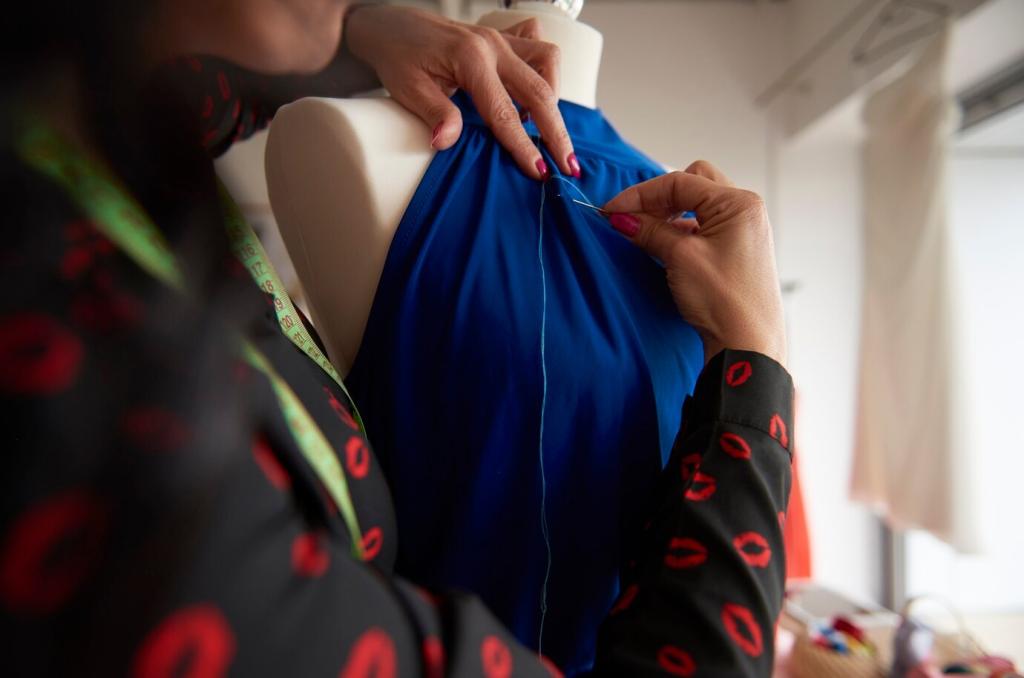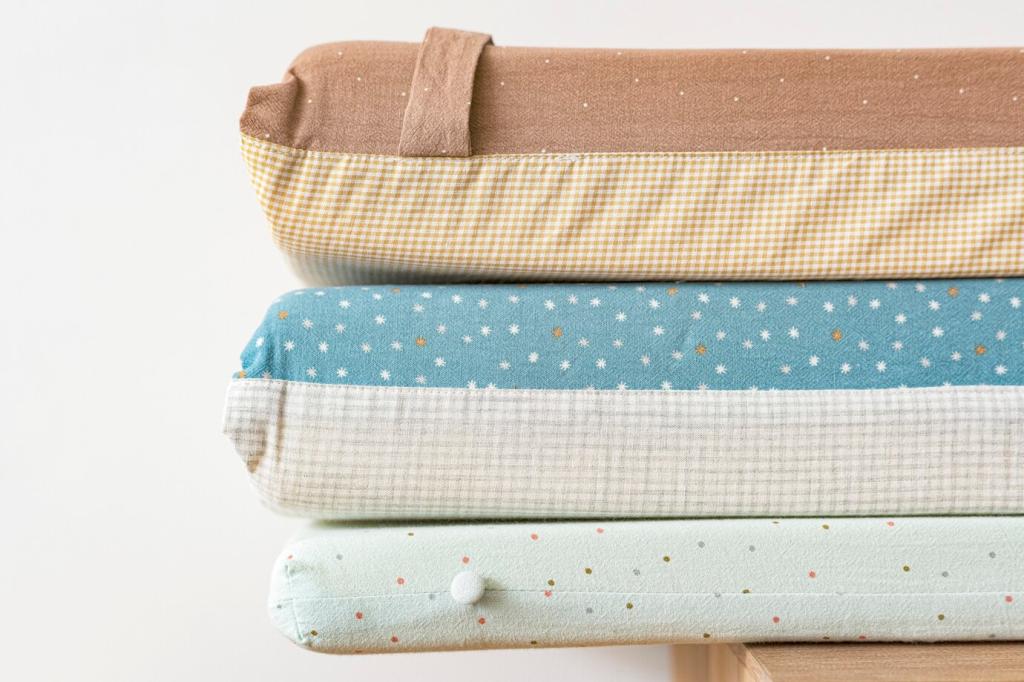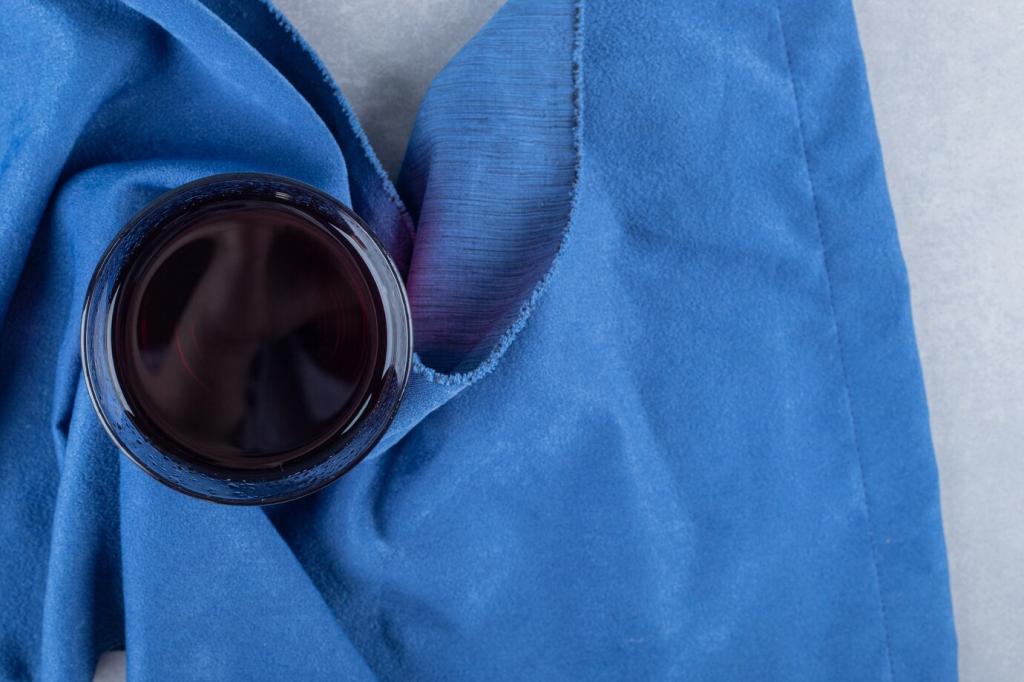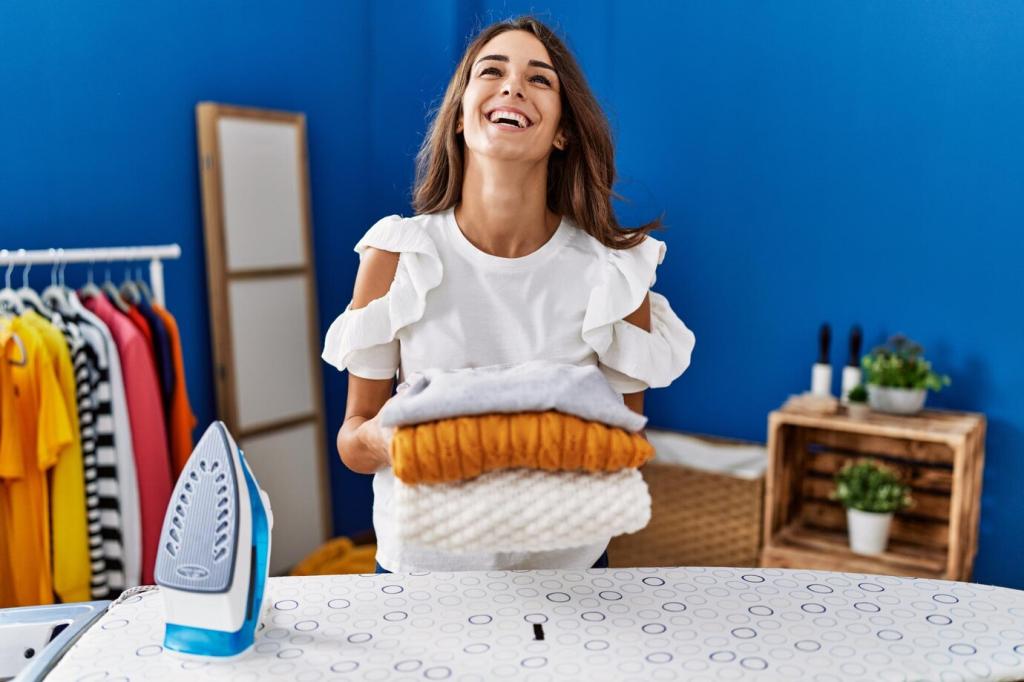Routine Care that Extends Fabric Life
Use the upholstery tool weekly, following the fabric grain and lifting crumbs from seams and welts. Short, overlapping strokes remove grit that abrades fibers. For tufting, use gentle suction and a soft brush. This habit reduces embedded soil, so stains release more easily when accidents inevitably occur.
Routine Care that Extends Fabric Life
Rotate and flip cushions every month to distribute wear and prevent shiny compression spots. Sunlight fades dyes, especially on linens and cottons, so use curtains or UV films. A small shift in furniture placement can save a favorite arm from bleaching, keeping your upholstery balanced and lively longer.

